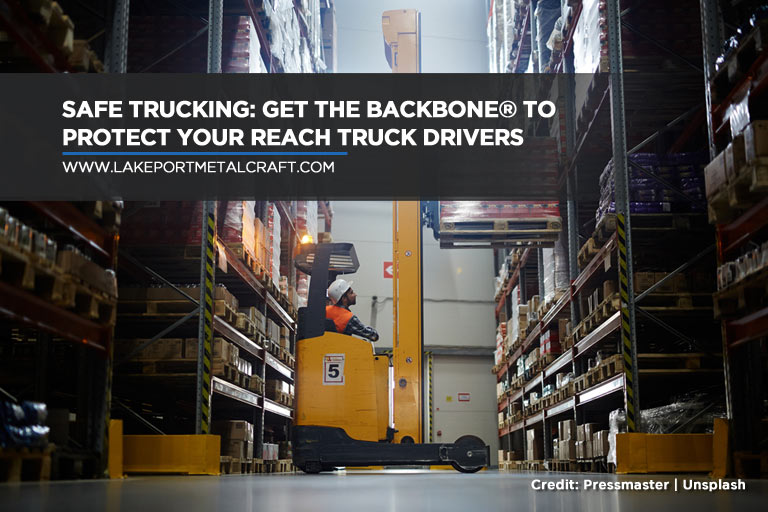Standup forklift operators are prone to dangerous workplace hazards due to forklift underride. When a forklift or reach truck backs up further into a horizontal beam, the operator’s unprotected back collides with the beam, subjecting them to injuries in the pelvis, internal organs, ribs, head, neck, and spine. It can also result in asphyxiation and death.
Safe reach truck operation procedures, such as looking in the right direction, and maintaining control at all times, are highly recommended by most forklift manufacturers to prevent underride hazards. Basic forklift safety solutions include floor barriers, rack shelf height adjustments, and proper operator training.
However, these are not enough. You also need a safety device for your reach trucks to assure your forklift and reach truck drivers that there exists a sturdy, trusty barrier between them and a forklift underride injury.
Backing Up The Backbone®
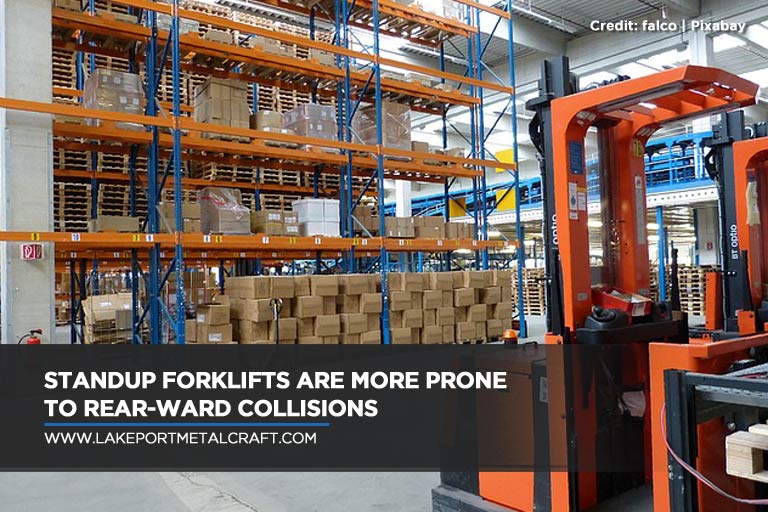
In 2008, the American Society of Mechanical Engineers (ASME) performed a risk assessment on 3,000 standup lift truck accidents. They discovered that compared to stability and overturning accidents, collision accidents are more likely to occur in standup forklift operations. There were a total of 1,693 incidents of collisions between stationary objects and a moving forklift, in which 700 workers suffered serious injuries, and 22 died.
The assessment recommended that additional guarding must be placed to mitigate the effects of underride collisions. The ASME suggested that forklift and reach truck units must have a vertical post extending to the overhead guard, and extended walls and backrests for the operator.
What Is The Backbone® Made Of?
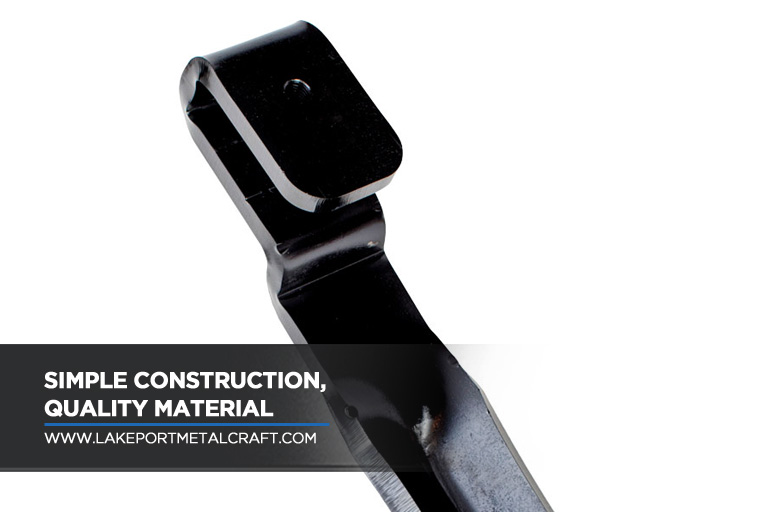
The Backbone® is a rearguard for counterbalance lifts, stand up forklifts, and reach trucks, designed, engineered, and manufactured by Lakeport Metalcraft, Inc.
A single-piece component, this safety bar is constructed with strong and sturdy steel. It runs vertically from the overhead guard to the truck body, making it a simple yet highly effective solution for your forklift safety problems.
While it’s a separate component for your forklift, it is easy to attach. Every safety bar also comes with a cushion pad that provides not just additional protection, but also significant comfort for the forklift or reach truck operator.
We’re ANSI Compliant — Now What?
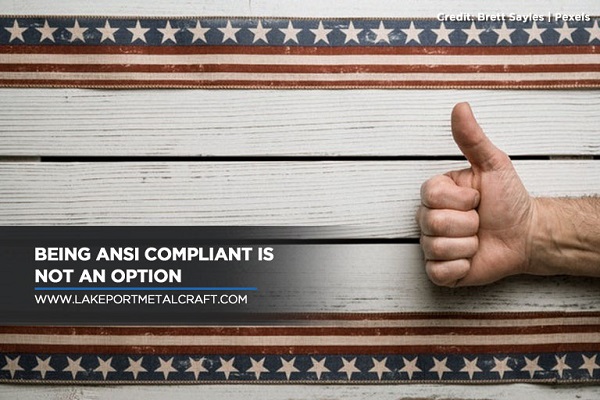
The term “ANSI compliant” might have been thrown around by industrial manufacturers across the board. The American National Standards Institute (ANSI) ensures that products, processes, systems, and services offered in the US are consistent, and follow strict industry standards.
There are two specific standards related to forklift manufacturing as provided in the ANSI/ITSDF B56.1 Safety Standard for Low Lift and High Lift Trucks. During the development of The Backbone®, we had it tested by a global test, inspection, and certification firm. The Backbone® passed with flying colours on the following standards:
- Impact Absorption – The ANSI/ITSDF—2009, Section 7.30 (Operator Protection for Stand—up, End Controlled, Narrow Aisle and Counterbalanced Trucks) specifies that a guard must be able to absorb the impact of a truck carrying a full load while travelling at 1.6 km/h (approximately 1 mph).
- No Overhead Guard Interference – The ASME B56.1—2004 Safety Standard for Low Lift and High Lift Trucks prohibits forklift manufacturers and users from penetrating and attaching materials, such as fasteners and hinges, to the overhead guard. Installing The Backbone to a truck does not require drilling into the overhead guard, as it latches securely into it by pressure alone. The Backbone passed the ASME B56.1 – 2004, Section 7.29.2(b) Cube Drop Test and ASME B56.1 – 2004, Section 7.29.2(c) Impact Drop Test, certifying that it does not interfere with the overhead guard.
ANSI compliance is tangible proof that a product has been certified to meet the needs of consumers. To date, The Backbone is the only retrofit rear guard that complies with these B56.1 standards.
Why Get The Backbone®
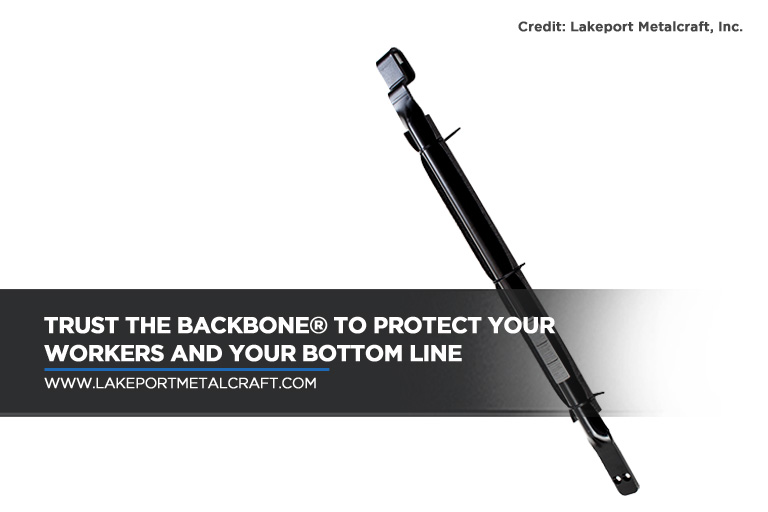
The Backbone® offers a variety of advantages:
- The Backbone® is easy to install. It requires no welding; you only have to drill into the forklift body with two bolt holes. In under 30 minutes, you can set up the rear guard without the need for any special tools or equipment.
- The Backbone® is a strong product. It does not come loose, as long as the bolts are secure, and the safety bar is installed properly.
- Lakeport Metalcraft, Inc. has been manufacturing this product since 2011. That’s 10 years of guaranteed experience, quality, and reliability for forklift services and parts.
- The Backbone® is compatible with equally trusted forklift and various major reach truck brands.
- We provide test results upon request. Everybody can claim they are ANSI compliant, even without documentation. Lakeport Metalcraft, however, gives prospective and existing customers much-needed assurance The Backbone® you’re buying from us will provide crucial protection for your reach truck operators.
Do Nothing, Lose Everything
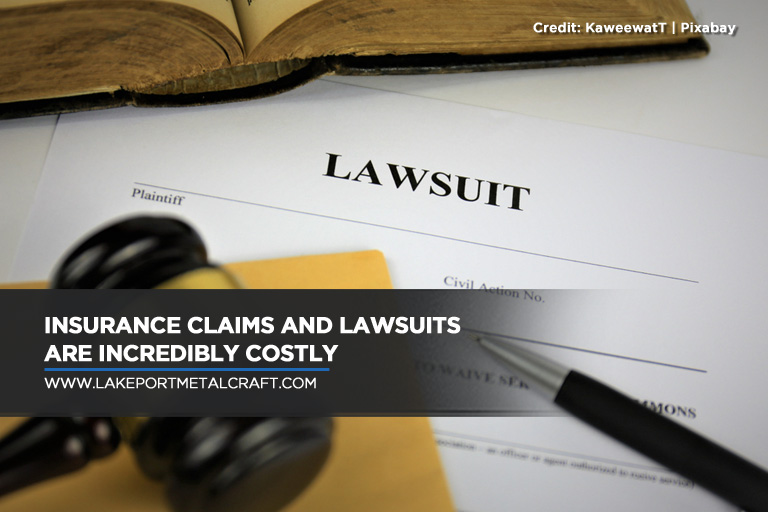
In 2019 alone, there were over 79 work-related fatalities and 8,140 non-fatal injuries caused by forklift-related incidents in the USA. Most of these resulted in insurance claims and lawsuits from the injured workers. Accidents mean badly-injured workers — or families of dead ones — hoping to get compensated.
As an employer, you are responsible for the safety and well-being of your workers. Purchasing The Backbone® gives you an edge on protecting your workers from forklift underride injuries. Without enforcing safeguards against workplace hazards, your business can incur significant costs due to worker insurance claims and lawsuits springing from work-related accidents.
- Wage Costs – This must be paid to the injured employee for absences not covered by workers’ compensation.
- Overtime Costs – While a worker is injured, the other workers may have to put in extra hours to compensate for the missing team member. This may also affect the morale of your workers.
- Additional Administrative Hours – Once an injured worker files a claim, the insurance company will coordinate with you to process the claim. You and/or your HR might need to put in extra hours in reviewing the accident and the employee’s medical records, meeting with the insurance company, and filling out all the necessary paperwork. You might incur costs in hiring and training a replacement employee.
- Productivity Losses – Your business will undergo a temporary lull in operations after an accident at the workplace.
- Work Rescheduling – Everything halts for a certain period, so the workplace can adjust to replace who and what are missing. If it’s a major accident, you might need to halt operations across the workplace.
- Risk Assessment – You need to stop parts of the production process in order to determine how the worker was injured, and what safety measures should be put into place to prevent injuries in the future.
- Declining Work Quality – After an accident, other workers may become wary and worry about their own safety at the workplace. They may work more slowly, taking more time to complete tasks. This may also lower their morale, resulting in a decline in the quality of their work.
- Slower Replacement – If you are hiring a replacement, it is not guaranteed that they can work as fast as the employee they’re replacing. They will have learning curves and will need extra time for training.
- Increase in Insurance Premiums – Watch out for an increase in your workers’ compensation premiums after an accident at the workplace. The number of OSHA filings made by a business affects the calculation of its insurance premiums. The higher the number, the higher the insurance premium you have to pay. Even if you pay out a claim, these higher premiums may be extended, as claims stay on your business record for three years.
- Damage to Materials, Equipment, and Products – After an accident, there will be costs to clean up, repair, and replace equipment and machinery damaged by the accident. This affects productivity, too, as the time needed to acquire replacements or perform repairs will cause system downtime. You may also need to purchase materials to improve workplace safety.
- Loss of Reputation – Accident-related claims negatively impact your company’s safety record, which can drive away lucrative projects and important clients. Prospective employees are also less likely to join your team, with a valid concern for workplace safety. This is important, especially for small and/or family-owned warehouses: you don’t lose just the money; you also lose trust. This could result in the closure of your business.
Join our wide range of customers who trust The Backbone®, including the Canadian Department of National Defence. For enquiries or direct to factory orders on forklift services and parts, call Lakeport Metalcraft at 416-587-5809.

